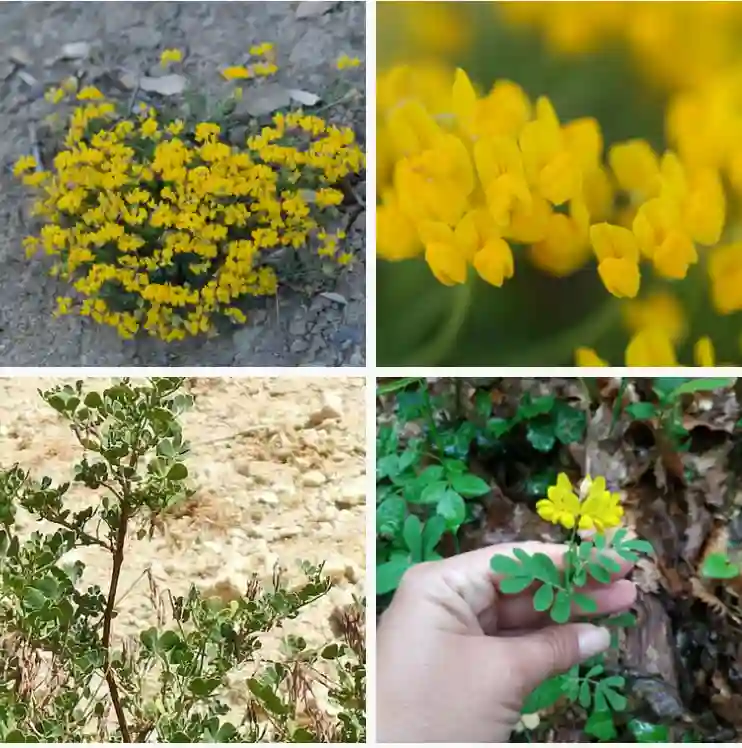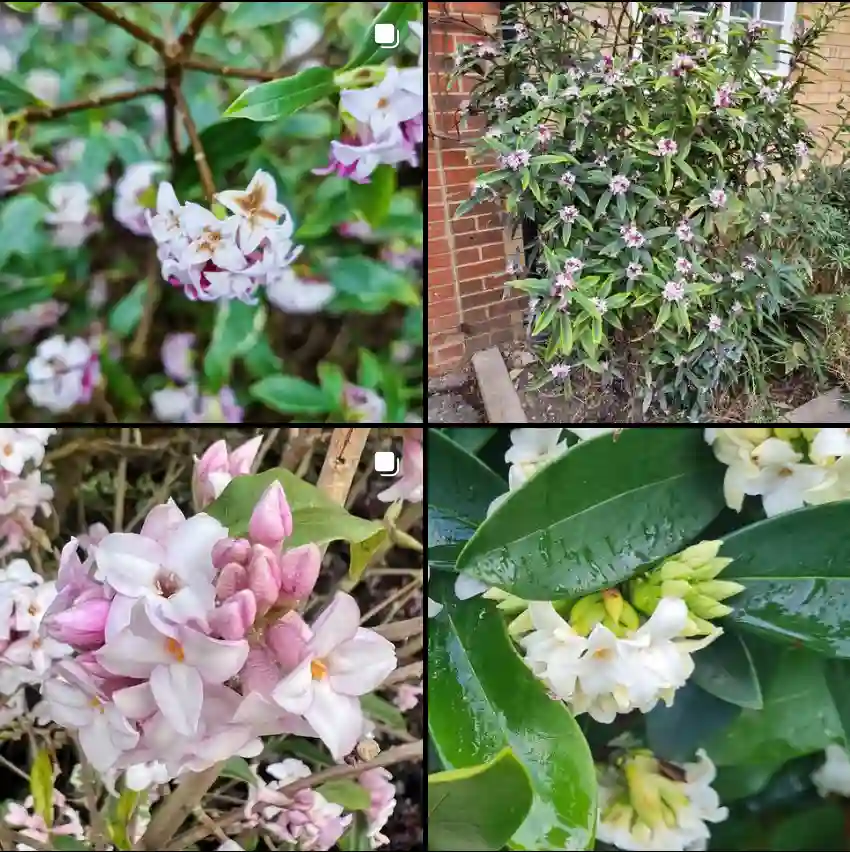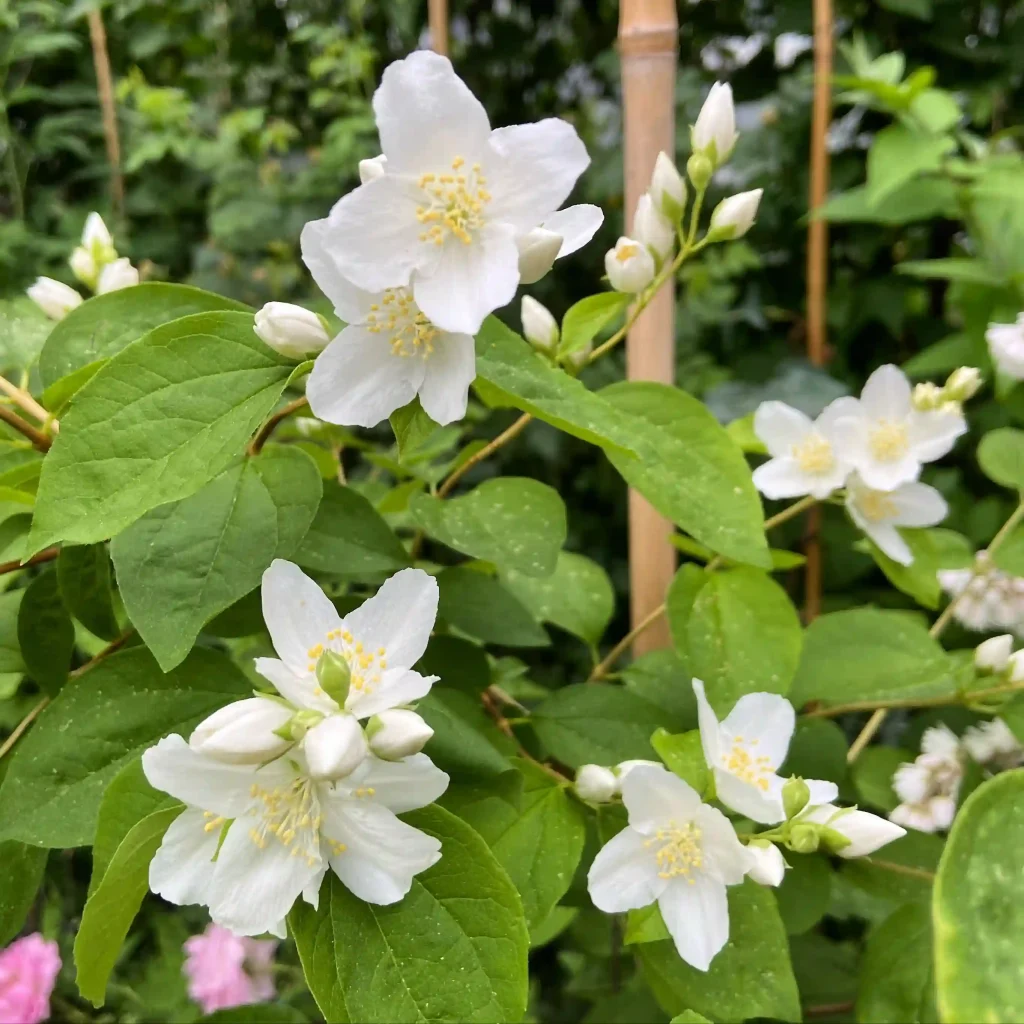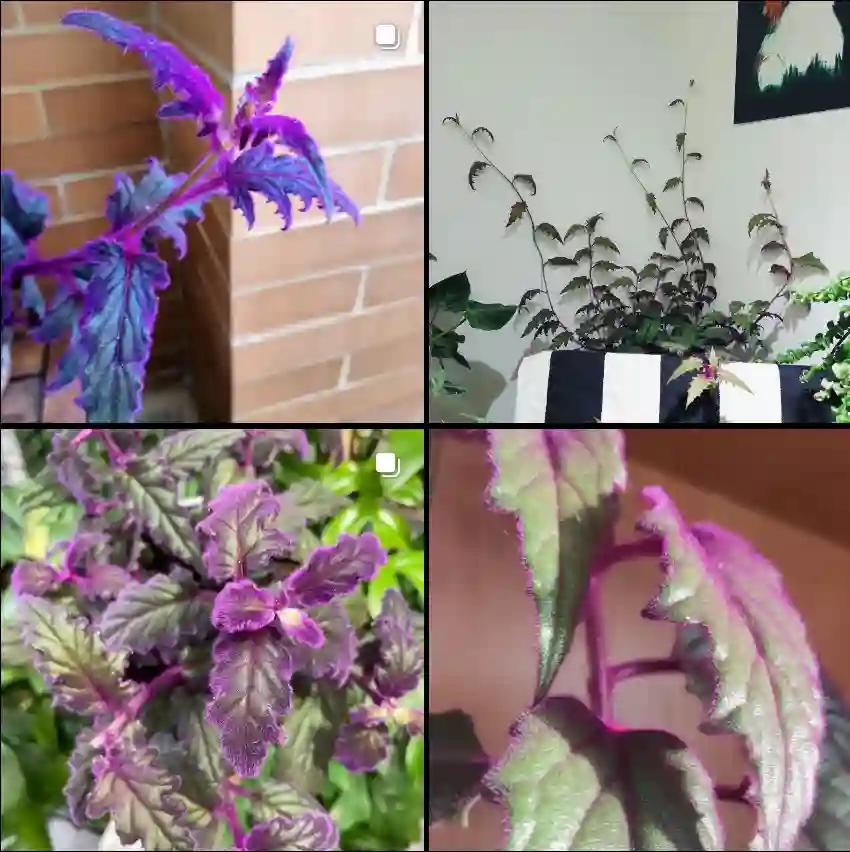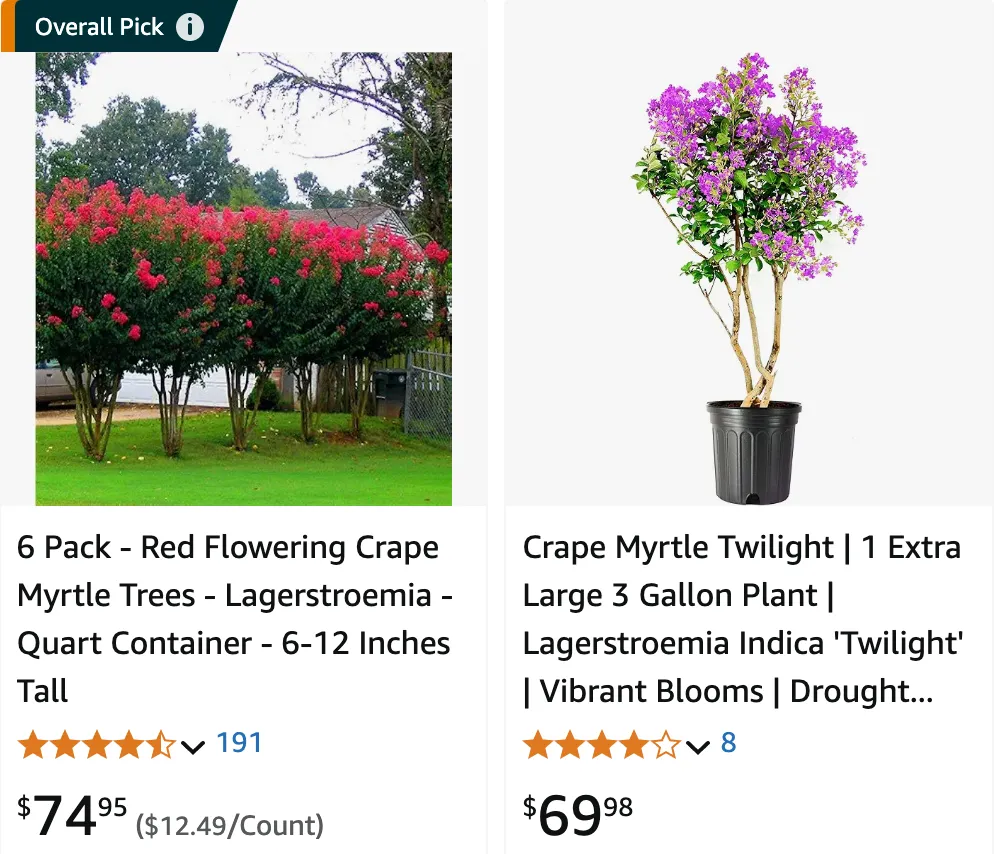
April 10 – Lagerstroemia
"Lagerstroemia, the crepe myrtle, defines April 10."
Lagerstroemia symbolizes beauty and transformation. You embrace change gracefully, always finding ways to bloom in new circumstances. Like this tree, your vibrant spirit shines through every season.
My Love Affair with Lagerstroemia
I, Ferb Vu, have always been drawn to the vibrant hues and delicate textures of the natural world. Among the myriad of botanical wonders that capture my attention, the genus Lagerstroemia holds a special place in my heart. Commonly known as crape myrtles, these deciduous and evergreen trees and shrubs are a sight to behold, boasting a profusion of crinkled blossoms in a spectrum of colors that range from snowy white and delicate pinks to fiery reds and deep purples.
A Diverse Genus
The genus Lagerstroemia belong to the Lythraceae family, encompasses a diverse array of species, each with its own unique characteristics and charm. Here are:
- Lagerstroemia amabilis Makino
- Lagerstroemia anhuiensis X.H.Guo & S.B.Zhou
- Lagerstroemia calyculata Kurz
- Lagerstroemia caudata Chun & F.C.How ex S.K.Lee & L.F.Lau
- Lagerstroemia celebica Blume
- Lagerstroemia cochinchinensis Laness.
- Lagerstroemia densa C.H.Gu & D.D.Ma
- Lagerstroemia densiflora W.J.de Wilde & Duyfjes
- Lagerstroemia duperreana Pierre ex Gagnep.
- Lagerstroemia engleriana Koehne
- Lagerstroemia excelsa (Dode) Chun ex S.K.Lee & L.F.Lau
- Lagerstroemia floribunda Jack
- Lagerstroemia fordii Koehne
- Lagerstroemia gagnepainii Furtado & Montien
- Lagerstroemia glabra Koehne
- Lagerstroemia guilinensis S.K.Lee & L.F.Lau
- Lagerstroemia huamotensis W.J.de Wilde & Duyfjes
- Lagerstroemia hypoleuca Kurz
- Lagerstroemia indica L. Plant FAQs: Crepe Myrtle – Lagerstroemia Indica
- Lagerstroemia kratiensis W.J.de Wilde & Duyfjes
- Lagerstroemia langkawiensis Furtado & Montien
- Lagerstroemia lecomtei Gagnep.
- Lagerstroemia limii Merr.
- Lagerstroemia loudonii Teijsm. & Binn.
- Lagerstroemia macrocarpa Kurz
- Lagerstroemia menglaensis C.H.Gu, M.C.Ji & D.D.Ma
- Lagerstroemia micrantha Merr.
- Lagerstroemia microcarpa Wight
- Lagerstroemia minuticarpa Debb. ex P.C.Kanjilal
- Lagerstroemia noei Craib
- Lagerstroemia ovalifolia Teijsm. & Binn.
- Lagerstroemia paniculata (Turcz.) S.Vidal
- Lagerstroemia parviflora Roxb.
- Lagerstroemia petiolaris Pierre ex Gagnep.
- Lagerstroemia poilanei W.J.de Wilde & Duyfjes
- Lagerstroemia pterosepala Furtado & Montien
- Lagerstroemia pustulata Furtado & Montien
- Lagerstroemia ruffordii T.T.Pham & Tagane
- Lagerstroemia speciosa (L.) Pers. Plant FAQs: Lagerstroemia Speciosa
- Lagerstroemia spireana Gagnep.
- Lagerstroemia stenophylla B.H.Wu, Xing Hu & S.P.Dai
- Lagerstroemia subangulata (Craib) Furtado & Montien
- Lagerstroemia subcostata Koehne Plant FAQs: Lagerstroemia Subcostata
- Lagerstroemia suprareticulata S.K.Lee & L.F.Lau
- Lagerstroemia tomentosa C.Presl
- Lagerstroemia undulata Koehne
- Lagerstroemia vanosii W.J.de Wilde & Duyfjes
- Lagerstroemia venusta Wall. ex C.B.Clarke
- Lagerstroemia villosa Wall. ex Kurz
A Feast for the Senses
What captivates me most about Lagerstroemia is the sheer abundance and vibrancy of its blooms. The flowers, which typically appear in summer and fall, are borne in large panicles that adorn the branches like clusters of colorful jewels. The delicate, crinkled petals, reminiscent of crepe paper, add a touch of whimsy and elegance to the landscape.
But the allure of Lagerstroemia extends beyond its visual appeal. The flowers also emit a subtle, sweet fragrance that perfumes the air, creating an ambiance of tranquility and serenity. As the seasons change, the foliage of some species transforms into a kaleidoscope of autumnal hues, adding another layer of visual interest to the garden.
Adaptable and Resilient
One of the reasons I admire Lagerstroemia is its adaptability and resilience. These plants can thrive in a variety of climates and soil conditions, making them a versatile choice for gardeners around the world. They are also relatively low-maintenance, requiring minimal pruning and care.
However, like any living organism, Lagerstroemia is susceptible to certain pests and diseases. Powdery mildew, a fungal disease that can cause a white powdery coating on the leaves, is a common problem, especially in humid climates. Japanese beetles, which can defoliate the plants, are another potential threat.
Despite these challenges, Lagerstroemia remains a popular choice for gardeners due to its beauty, adaptability, and resilience. With proper care and attention, these plants can provide years of enjoyment and enhance the aesthetic appeal of any landscape.
FAQs
Why is my crepe myrtle not blooming?
When my crepe myrtle didn’t bloom last summer, I realized it was probably due to inadequate sunlight and had to relocate it to a sunnier spot in my garden.
Do deer eat crepe myrtle?
In my experience, deer have never bothered my crepe myrtle, even though they munch on almost everything else in my yard.
How tall does crepe myrtle get?
My crepe myrtle has reached about 15 feet, and it’s amazing how its height adds such a beautiful vertical element to my landscape.
When to transplant crepe myrtle?
I found that the best time to transplant my crepe myrtle was in early spring when it was still dormant, ensuring it had time to establish before the growing season.
How to transplant crepe myrtle shoots?
When transplanting crepe myrtle shoots, I dug them up carefully, keeping as much of the root system intact as possible, and replanted them in well-prepared soil.
Will vinegar kill crepe myrtle?
I once used vinegar to control weeds near my crepe myrtle and accidentally spilled some on its roots; it didn’t kill the plant, but it did cause some noticeable stress and leaf drop.
Can crepe myrtle roots damage pipes?
I haven’t had any issues with crepe myrtle roots damaging my pipes, even though some of my trees are planted relatively close to my home’s plumbing.
Can i cut my crepe myrtle to the ground?
One year, I decided to cut my crepe myrtle down to the ground, and it surprisingly bounced back with vigorous growth, looking healthier than ever.
How do you know when a crepe myrtle is dying?
When my crepe myrtle started showing signs of decline, like brittle branches and no new growth, I knew it was in trouble and needed extra care.
How to revive a crepe myrtle?
To revive my struggling crepe myrtle, I gave it a good pruning, mulched around its base, and ensured it received regular deep watering.
Is crepe myrtle poisonous to dogs?
I feel relieved knowing that my dogs are safe around my crepe myrtle, as it is not poisonous to them, allowing them to roam freely in the yard.
Does crepe myrtle lose its leaves?
Every fall, my crepe myrtle puts on a stunning show of autumn colors before losing its leaves, signaling the start of winter.
How deep are crepe myrtle roots?
When I dug around my crepe myrtle to transplant it, I discovered that its roots are relatively shallow but spread out wide.
How to get rid of crepe myrtle?
To remove a crepe myrtle, I found it effective to cut it down to the stump and then treat the stump with an appropriate herbicide to prevent regrowth.
Are crepe myrtle roots invasive?
In my garden, I’ve noticed that while crepe myrtle roots are extensive, they haven’t been invasive or caused any problems with other plants.
Can goats eat crepe myrtle?
I haven’t had goats, but I’ve read that crepe myrtle leaves aren’t toxic to them, so it seems they’d be safe around these plants.
How much is a crepe myrtle tree?
The crepe myrtle trees I bought for my garden were reasonably priced, costing around $30 to $50 each depending on their size.
How to grow crepe myrtle from seeds?
I grew crepe myrtle from seeds by collecting them in the fall, then planting them in a sunny spot with well-draining soil in early spring.
Can you burn crepe myrtle wood?
I’ve used crepe myrtle wood in my fire pit, and it burns well, providing a nice, steady heat for outdoor gatherings.
Do hummingbirds like crepe myrtle?
I’ve often spotted hummingbirds flitting around my crepe myrtle, attracted by the bright, nectar-rich flowers in the summer.
Crepe Myrtle Bush vs Tree
I’ve had both the bush and tree forms of Crepe Myrtle in my garden, and I really appreciate the bush’s compact, manageable size, which fits well in smaller spaces, while the tree form offers a stunning, vertical presence with more impressive blooms and a lovely bark exfoliation that adds winter interest.
Crepe Myrtle vs Dogwood
In comparing Crepe Myrtle to Dogwood, I’ve found that Crepe Myrtle’s vibrant, long-lasting blooms are fantastic for summer color, whereas Dogwood’s spring blossoms and fall foliage provide a more varied seasonal interest and a delicate, understated beauty.
Crepe Myrtle vs Lilac
Crepe Myrtle’s extended flowering period and vibrant summer colors always outshine the Lilac’s short bloom time in spring, although I do miss the sweet fragrance of Lilac, which adds a nostalgic charm to my garden.
Crepe Myrtle vs Bougainvillea
Bougainvillea‘s bold, vibrant colors and sprawling growth have made it a standout in my garden, but I prefer Crepe Myrtle’s more restrained growth and its ability to bloom consistently through summer and into fall, offering a longer-lasting display.
Crepe Myrtle vs Butterfly Bush
I love the Crepe Myrtle’s showy flowers and rich, varied colors, but the Butterfly Bush’s appeal lies in its ability to attract butterflies and hummingbirds in abundance, which has made it a favorite for adding life and movement to my garden.
Crepe Myrtle vs Cherry Blossom
Cherry Blossoms give a breathtaking, albeit short-lived, display of delicate pink flowers in spring, which is a beautiful sight, but Crepe Myrtle’s continuous summer bloom and more resilient nature often win me over for its long-lasting color.
Crepe Myrtle vs Crape Myrtle
It’s amusing how many people mix up Crepe Myrtle and Crape Myrtle, but honestly, my experiences with both names reflect the same plant’s beauty; I’ve come to see “Crepe Myrtle” as my go-to for all the wonderful summer blooms and vibrant foliage, regardless of the spelling.
Crepe Myrtle vs Redbud
The Redbud’s striking, early spring blooms and heart-shaped leaves are a delightful prelude to the growing season, but the Crepe Myrtle’s longer bloom period and the stunning contrast of its peeling bark make it a more reliable choice for extended summer color.
Crepe Myrtle vs Rose of Sharon
Rose of Sharon‘s larger, single blooms are quite eye-catching and its hardiness is impressive, but I find the Crepe Myrtle’s continuous and varied color palette throughout the summer adds more consistent interest and visual appeal to my garden.
Crepe Myrtle vs Wax Myrtle
Wax Myrtle’s aromatic foliage and evergreen presence are quite unique and valuable in my garden, but I favor Crepe Myrtle for its spectacular summer blooms and vibrant color that really stand out and bring joy during the hotter months.
A Symbol of Resilience and Beauty
For me, Lagerstroemia represents more than just a beautiful plant. It symbolizes resilience, adaptability, and the enduring power of nature. Its ability to thrive in diverse conditions and overcome challenges serves as an inspiration to persevere in the face of adversity.
As I continue to explore the world of Lagerstroemia, I am constantly amazed by its diversity and beauty. Whether it’s the vibrant blooms of Lagerstroemia indica or the exfoliating bark of Lagerstroemia fauriei, each species has its own unique story to tell.
In the tapestry of the natural world, Lagerstroemia stands out as a beacon of color, fragrance, and resilience. Its presence in my garden brings me joy and reminds me of the interconnectedness of all living things. As I nurture these plants and witness their growth, I am filled with a sense of wonder and appreciation for the intricate beauty of the natural world.
If i die, water my plants!
